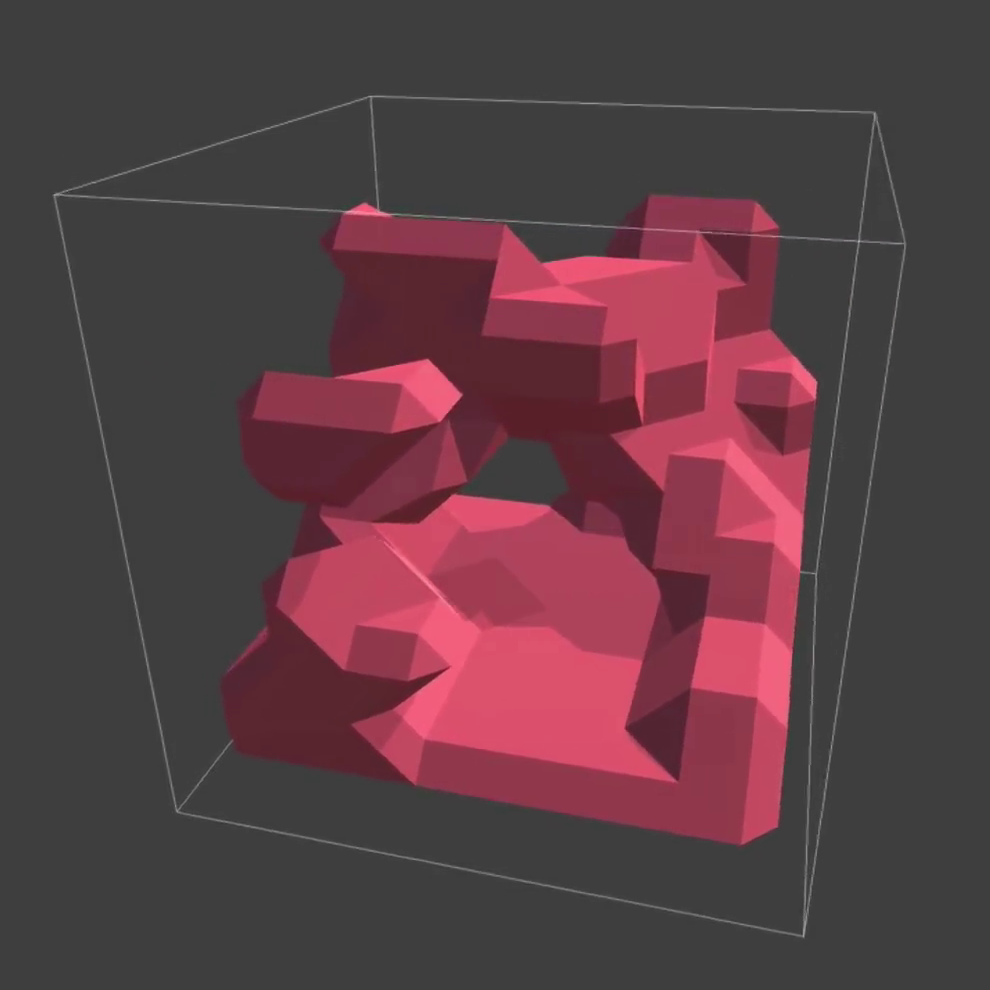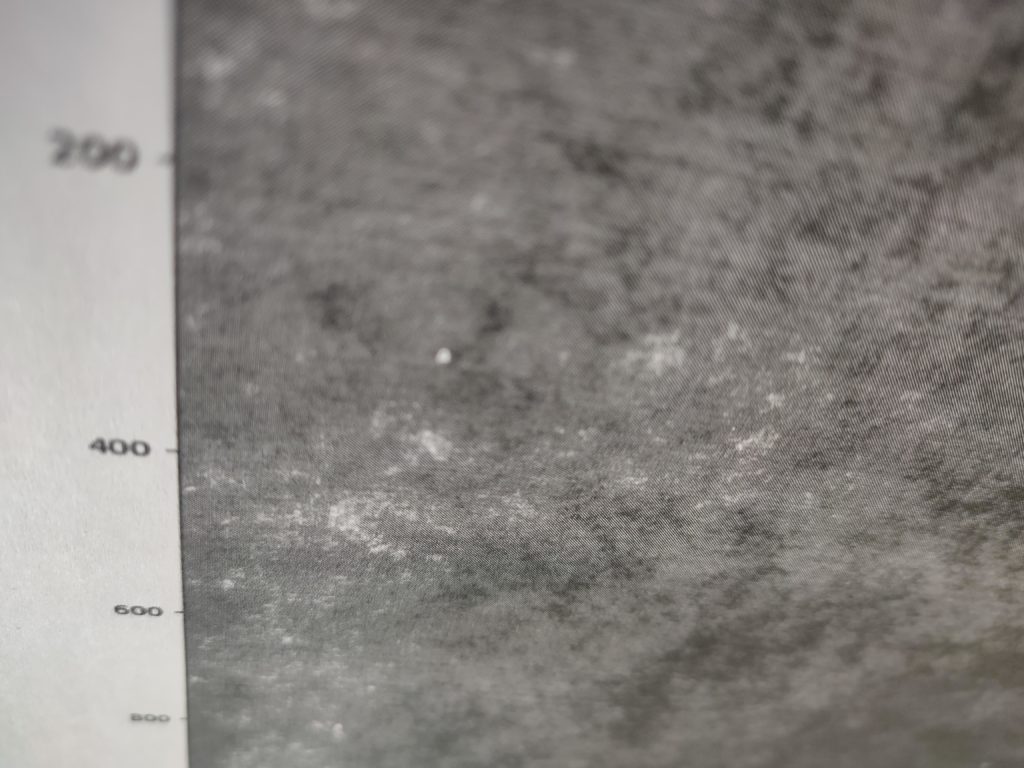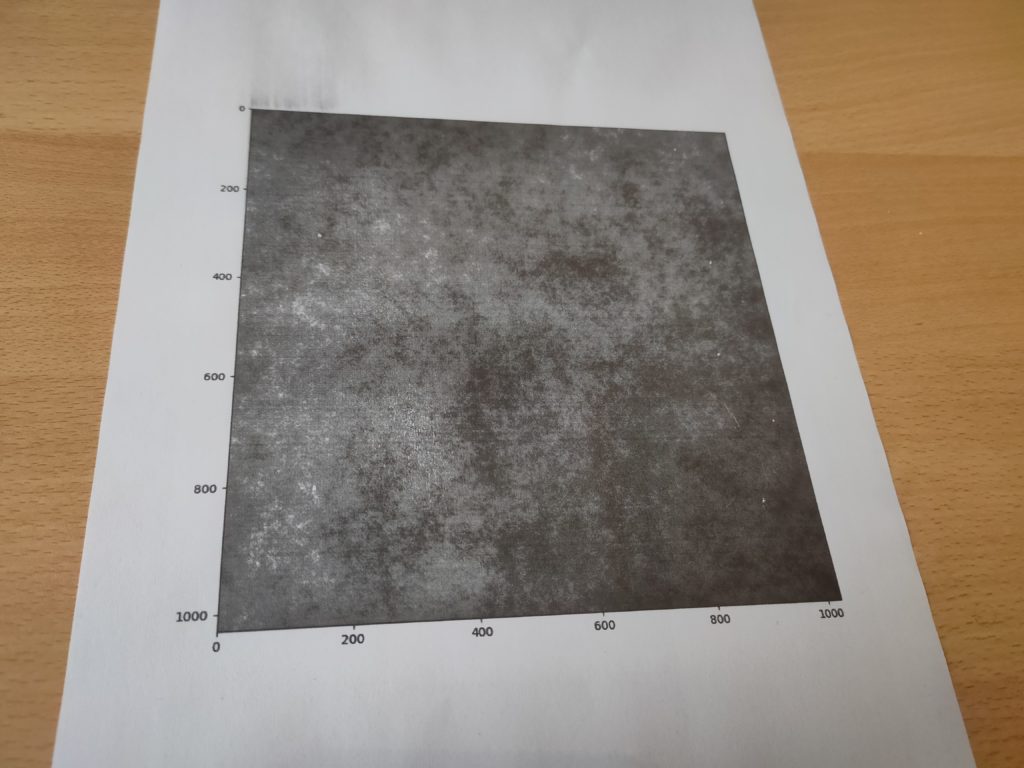really
as a printout, the computationally generated structure is brought into physical reality. this provides the virtual structure with physical detail.
the effect of juxtaposing virtual and physical structure can be considerably improved with augmented reality goggles. these enable the literal augmentation of physical structures with infinite virtual detail.
this technique can be used to simulate an aspect of lucid dreaming. a characteristic difference to regular dreams is the arbitrary level of perceptual detail. lucid dreams are not experienced retrospectively but while they occur. therefore, structures perceived during lucid dreaming are not limited by memory. like in a waking state, the dreamer can actively engage in an ever closer examination of their environment.
participants examine their environment with augmented reality goggles. on the surface, the environment appears as usual. only on closer examination, the participants notice that fractal noise is imposed as virtual detail onto physical objects. strange and physically inconsistent structures arise just below the usual level of awareness. this evokes a strange and disconcerting experience of unreality.
flighty
vr headsets display a virtual environment generated from three-dimensional noise. values are filtered by a constant threshold and the resulting vertices are connected by the marching cubes algorithm. changes in the participant’s position and orientation translate into this virtual environment. participants are given the task to find a particular object and return it to their starting position.

after prolonged orientation in this environment, participants are forced to remember and identify characteristic structures to find their way back. unbeknownst to them, however, sections of the environment are deleted when they leave, and newly reconstructed when they reenter, the participant’s field of view.


